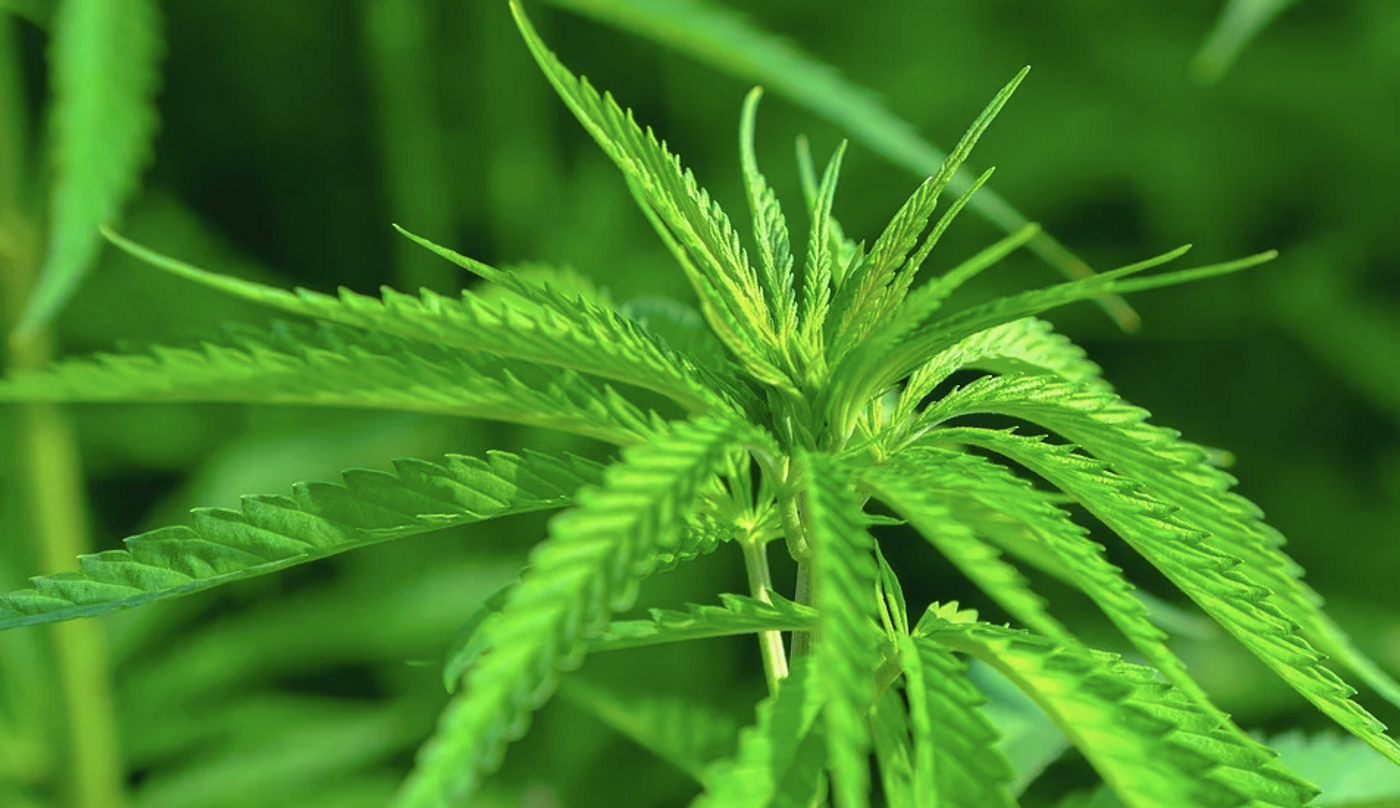Illegal Cannabis Grow Sites Could be Poisoning Threatened Animals
Cannabis has been legalized for medicinal or recreational purposes in many US states, which is thought to be driving a rise in illegal cultivation operations that are reported to be run by criminal organizations. In California, growers who do so illegally often prefer places in the West that are also home to threatened species. These grow operations bring huge amounts of pesticides into pristine and sometimes protected areas. Reporting in PLOS ONE, scientists have now suggested that threatened animals may be exposed to these toxic compounds, which can accumulate in organisms and have detrimental health effects.
In this study, the researchers mapped the locations of 1,469 illegal cannabis cultivation sites that had been found by authorities in the forests of Oregon or California from 2007 to 2014. They used this information to create a model of predicted locations where cannabis cultivation was likely to occur. When fieldwork followed up on these predictions, sixteen previously undiscovered cultivation sites were revealed, suggesting that the model is reliable.
When this data was compared to habitat distribution models for three endangered or threatened predators: the Pacific fisher (Pekania pennanti), the Humboldt marten (Martes caurina humboldtensis), and the northern spotted owl (Strix occidentalis caurina), the researchers found that about 45 percent of fisher habitat, 40 percent of Humboldt marten habitat, and 48 percent of spotted owl habitat overlapped with sites where illegal grow operations were highly likely to occur.
The range of the female fisher totally overlapped with high likelihood cultivation sites in the southern Sierra Nevada, which could indicate that this population is at high risk. Conservations should prioritize this species, the study authors suggested. They also noted that there could be many other environmental impacts from illegal cannabis cultivation that researchers aren't yet aware of or haven't been addressed.









